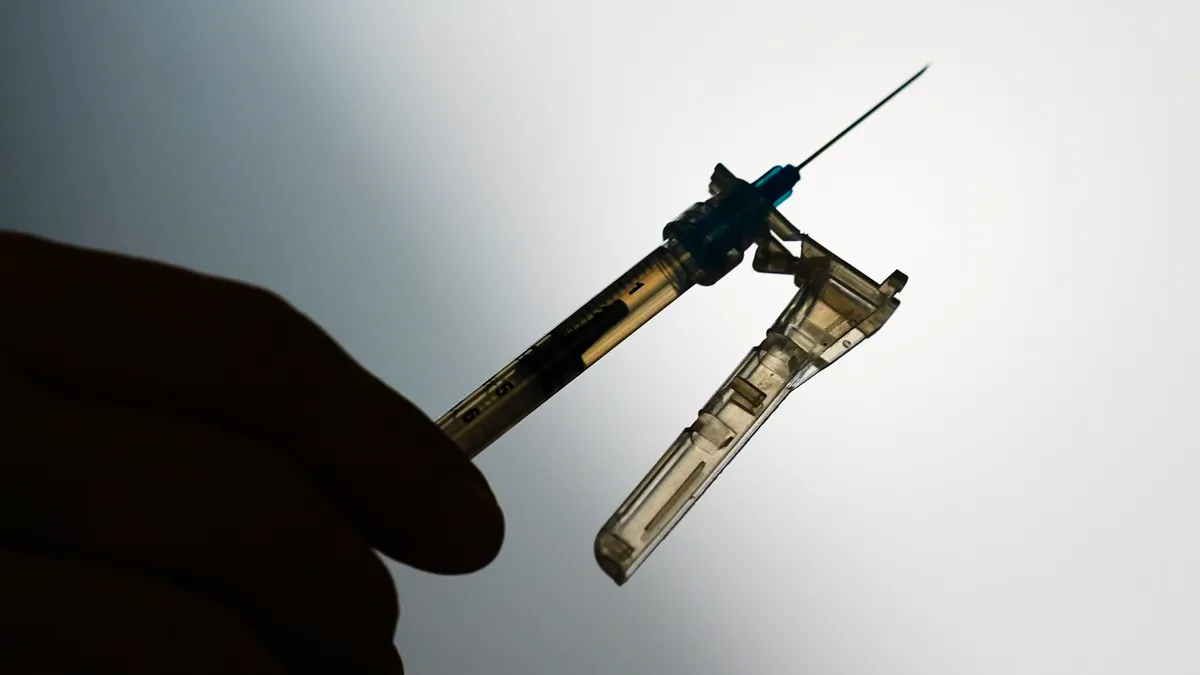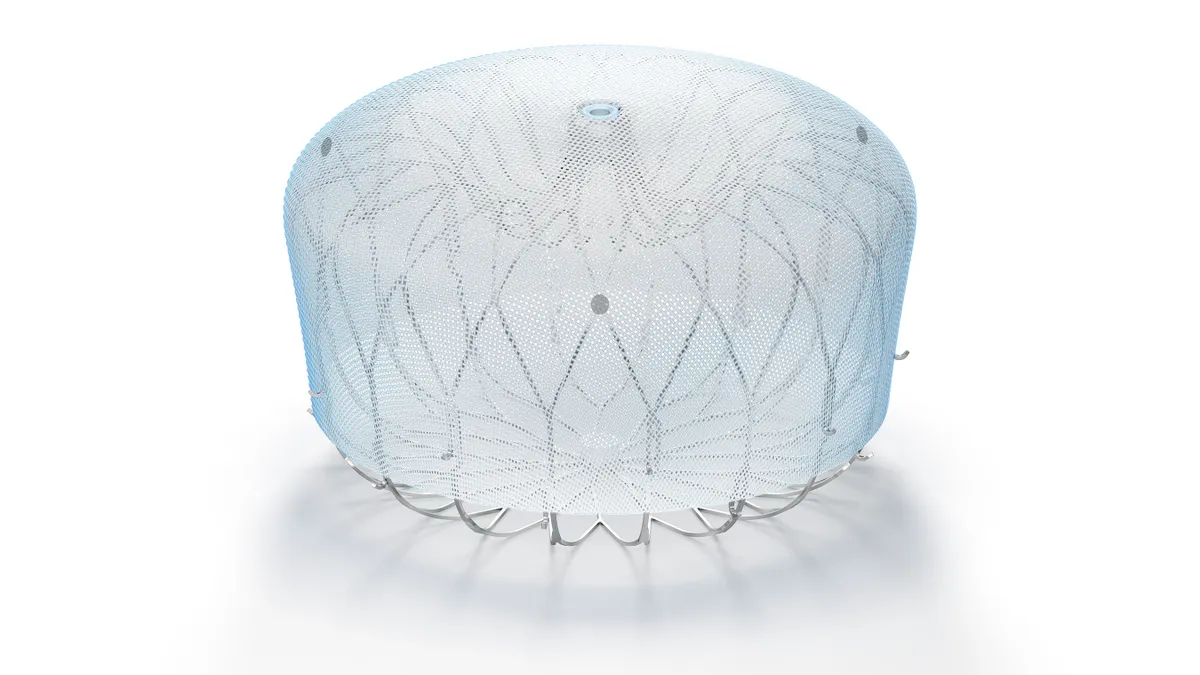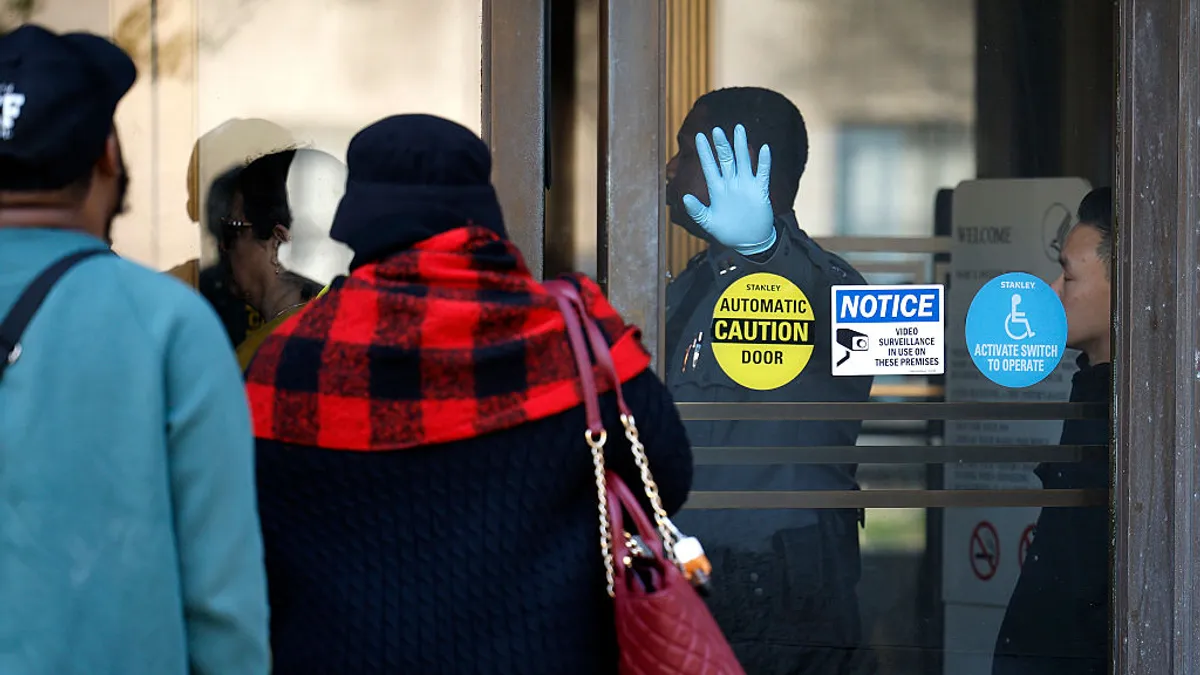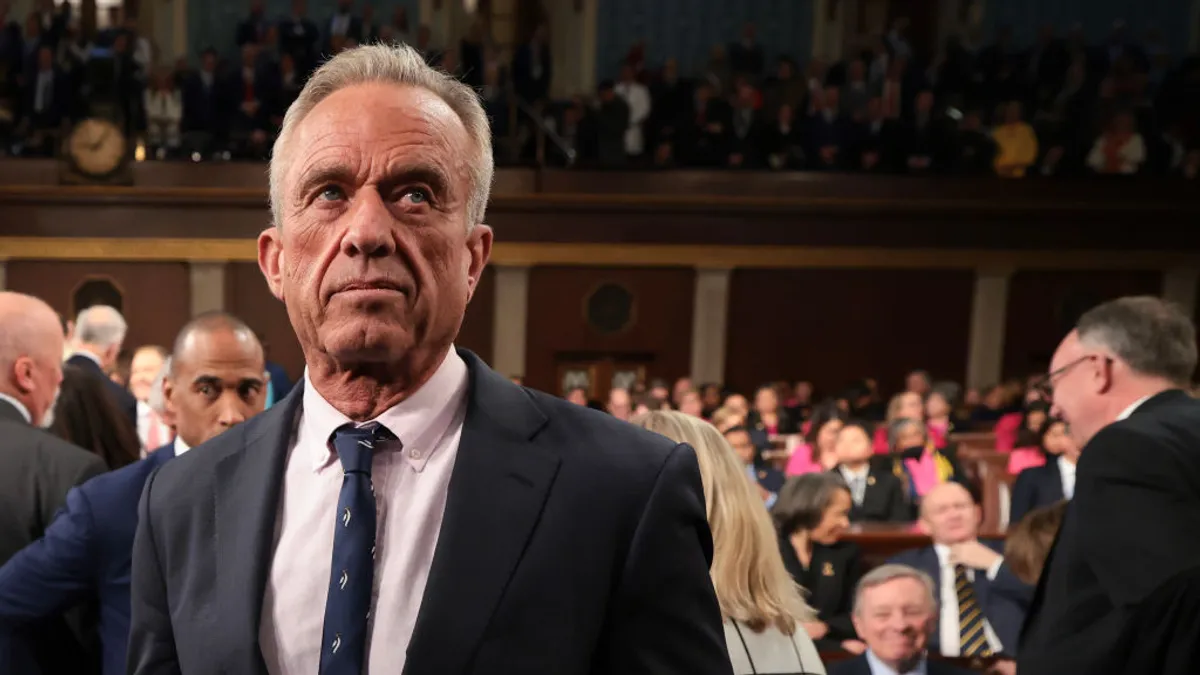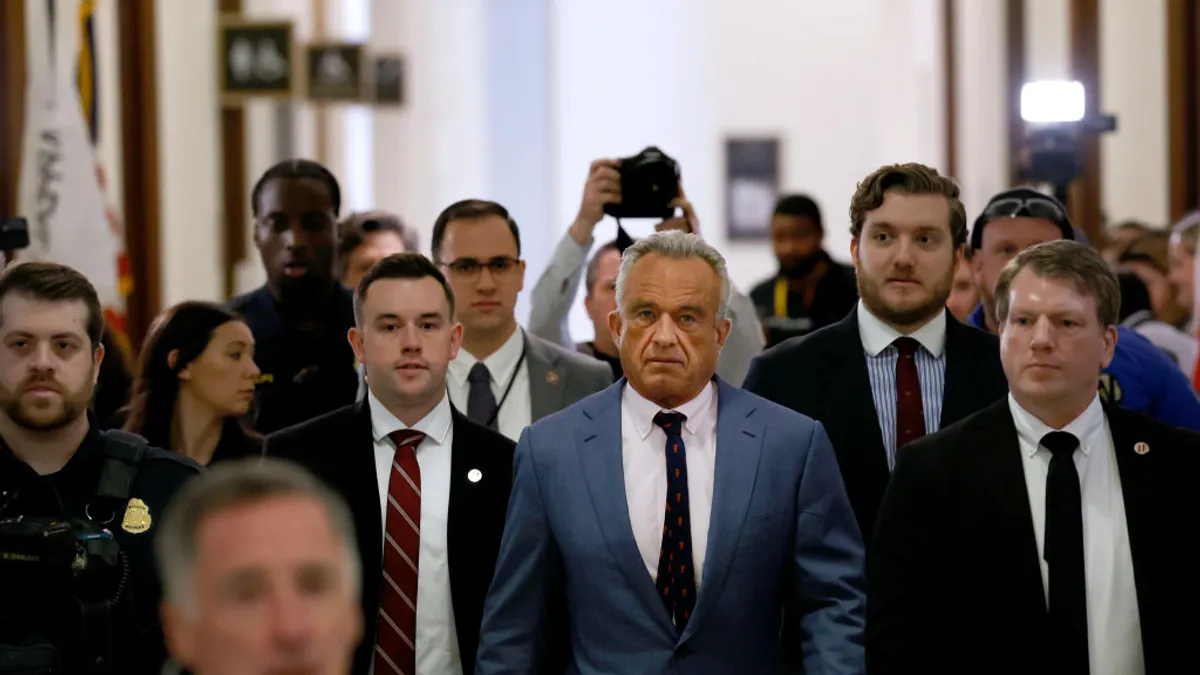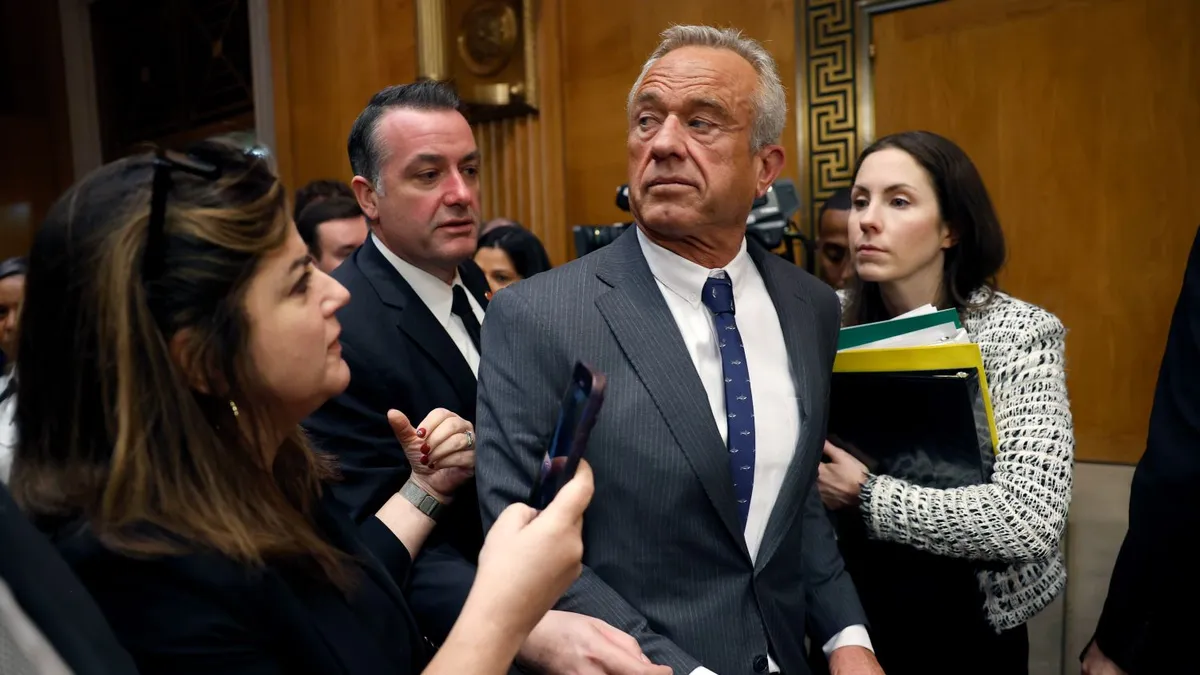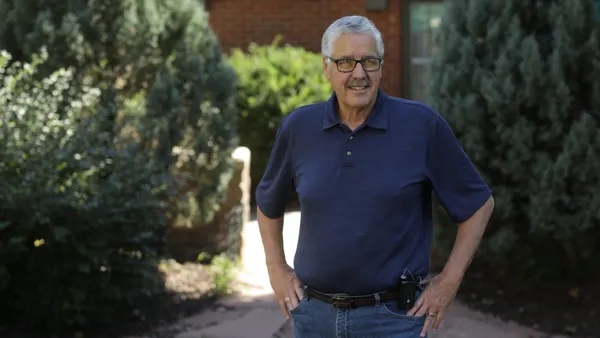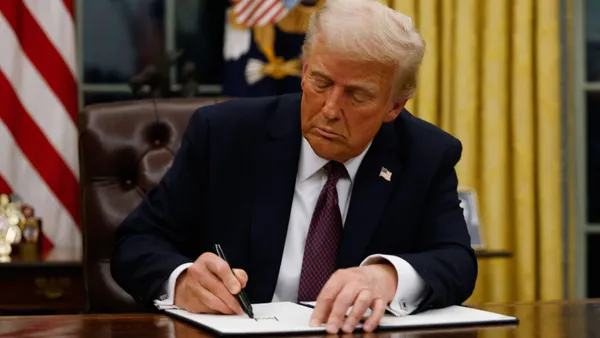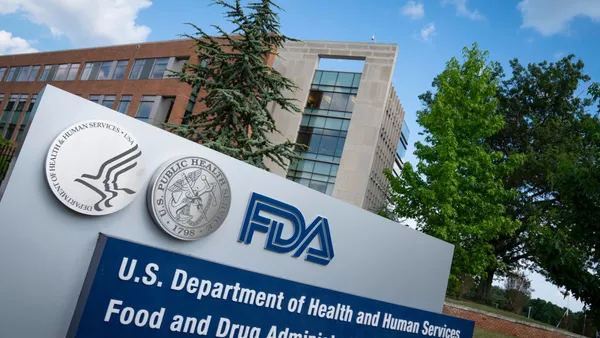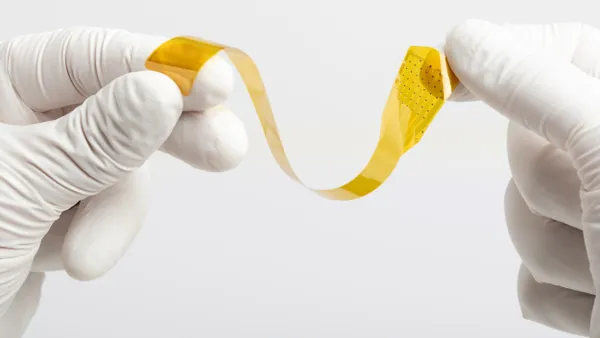Employees who were supposed to receive layoff notices didn’t get them. Notices that did go out had the wrong office name, or specified an office that no longer exists. Some employees were told that, if they had discrimination complaints, to reach out to an equal opportunity office director who died last year.
The HHS’ reduction in force, which agency head Robert F. Kennedy Jr. announced last week, began on Tuesday. It was a mess, according to many sources who worked across the large federal health department.
“This is an absolute nightmare,” said one staffer with the National Institutes of Health, who lost their job along with some 1,300 of their colleagues. All individuals interviewed for this story were granted anonymity so they could speak freely.
Affected HHS employees began receiving reduction-in-force, or RIF, notices around 5 a.m. EDT on Tuesday. Many didn’t know they were laid off until they arrived at work, causing confusion and long lines at federal buildings. Thousands of civil servants, from low-level staffers to leaders, were cut across multiple HHS agencies, including the Food and Drug Administration, the Centers for Disease Control and Prevention, the NIH and the CMS.
Communications, policy, IT and human resources divisions at multiple agencies were gutted or closed, as were offices focused on health equity and minority health, according to sources. Regional offices were axed. Scientists studying workplace safety, long COVID-19, vaccines, HIV and mental health were laid off, as were workers staffing the 988 suicide hotline, supporting new medicine reviews, responding to Freedom of Information Act requests and overseeing the U.S. opioid response.
The full scale of the cuts is still not entirely clear. But Tuesday’s downsizing — which HHS employees are calling a “cruel April Fool’s joke,” as it took place April 1 — will drastically diminish the department, according to former and current officials.
The process was also haphazard. Workers quickly noticed discrepancies in the paperwork sent out by Thomas Nagy, the deputy assistant secretary for human resources at HHS.
Some staff at the FDA, the CDC, the CMS and the Substance Abuse and Mental Health Services Administration said their RIF notices included incorrect performance ratings, which range from 1 to 5 and are assigned to federal staff to appraise their performance.
“On the letter where it says your most recent performance ratings — a lot of us had incorrect numbers,” a SAMHSA staffer said. “It looks like a copy-and-paste template that they bungled horribly.”
Notices sent to some CMS employees said they worked at offices that no longer exist or that they worked at an incorrect office, according to one source.
Similarly, some staffers who may have been entitled to relocation instead of outright termination in the RIF didn’t receive that offer, a former staffer within the Administration of Children and Families said.
"This was done scattershot,” they said.
In a statement emailed after this story published, an HHS spokesperson said that, "to the extent there are errors, it is because the data collected by HHS's multiple, siloed HR divisions is inaccurate." The reorganization underway will "streamline operations and fix the broken systems," the spokesperson added.
Other errors were more obvious, though. Employees at the FDA received notices telling them to reach out to an equal opportunity office worker if they had discrimination concerns. That person is no longer employed at the agency, according to a source within the Center for Devices and Radiological Health.
CMS employees, meanwhile, were told to contact Anita Pinder, once the CMS’ director at the Office of Equal Opportunity and Civil Rights, if they were concerned their firing may be discriminatory. Pinder died last year.
This was particularly painful for employees who knew and loved her, said Karen Shields, a former CMS executive who worked with Pinder.
“There is not one career official at CMS who would have let that note go out with Anita’s name on it. Because they all know she died,” Shields said, adding that Pinder was a dedicated civil servant who would have helped the RIF rollout go more smoothly.
“She was a staunch advocate, a servant leader and a really amazing person. She would have been upset that this happened,” Shields said.
The layoffs coincided with introductions for the new FDA and NIH heads, adding insult to injury for some affected staffers.
As NIH workers were digesting the loss of their jobs, they received an introductory email from Jay Bhattacharya, the newly confirmed director of the medical research agency.
One NIH staffer described Bhattacharya’s note as a “thank you and can’t wait to work with you email ... in the middle of the massacre.”
The Department of Government Efficiency, the team of cost-cutters led by technology billionaire Elon Musk that’s directing the HHS’ restructuring, also appeared to expand the layoffs at the last minute, sources said.
In CMS, for example, office and center directors were notified roughly two weeks ago if their workers would be impacted. But on Tuesday, some received unexpected notices, leading CMS directors to guess that the number of impacted workers at the agency, which oversees health insurance for 160 million Americans, is higher than the 300 to 350 jobs they were originally told to expect would be cut.
Politico previously reported that RIF notices, which were expected to go out Friday, had been held up as members of DOGE sought to resolve internal disagreement over which divisions would be downsized.
Brad Smith, a CMS official in Trump’s first administration who’s currently serving as the DOGE lead for HHS, was seen as sheltering the CMS from the worst of cuts, sparking tension with other DOGE members who wanted the agency to be slashed more drastically, according to Politico.
HHS Secretary Robert F. Kennedy Jr. said in an interview with News Nation over the weekend that essential staff would not be cut in the restructuring.
”We’re not cutting scientists, we’re not cutting frontline workers, we’re cutting administrators and we’re consolidating the agency to make it more efficient,” Kennedy said. “We’re not going to cut services.”
However, Healthcare Dive spoke to multiple scientists who received RIF notices on Tuesday, including at the National Institute for Occupational Safety and Health, which works to prevent illness and injury in U.S. workplaces.
“What happened today was a wholesale destruction of the institution. There's hardly anyone left,” a scientist with NIOSH said. “The institute as a scientific body no longer exists.”
NIOSH divisions focusing on health research were reduced to only a few employees, which will impede research into preventing slip-and-falls for roofers, how sleep patterns affect police officers’ mental health and how to prevent small particles from causing lung disease, among the office’s many areas of study.
“There’s still animals [at NIOSH facilities]. I don’t know who’s going to care for them,” the scientist said. “There are workers going to work today that are going to die because of exposures, because of injuries, because of accidents that are preventable that are going to occur because we didn’t get to finish the research we were doing.”
Cuts at NIOSH also hit the office that certifies personal protective equipment such as N95 masks and programs with broad bipartisan support like the World Trade Center Health Program, which provides medical monitoring and treatment for 9/11 survivors and first responders.
The news shocked WTC staff, given the public criticism the Trump administration faced after cutting some probationary staff in February. The administration had quickly reinstated those employees.
More than a dozen WTC staffers received intent to RIF notices Tuesday, according to a NIOSH source. That includes employees who process applications from 9/11 survivors to join the program, certification nurses who review medical records and researchers focusing on what conditions are linked to 9/11 exposure.
”The probationary stuff was bad in how it would have affected the program. But this is really bad. The program will not be able to function if something like this goes through,” the NIOSH source said. ”Members will see direct and quick impacts from this. It’s not going to be something they wait months to notice. The impact will be immediate.”
Employees and patient advocacy organizations are calling for Congress to step in and stop the cuts, which are part of a larger HHS restructuring that will reduce the department’s divisions from 28 to 15 and halve the number of regional offices.
“Congress has abdicated their responsibility to check the executive branch. As a consequence, Americans will die from these disastrous cuts,” one SAMHSA staffer said.
Democrat lawmakers decried the cuts Tuesday. Multiple members of Congress sent letters to Kennedy criticizing the cuts as reckless. Sen. Bill Cassidy, R-La., chair of the Senate Health, Education, Labor and Pensions Committee joined Sen. Bernie Sanders, I-Vt., in asking Kennedy to testify before the committee next week.
Sydney Halleman and Elise Reuter contributed reporting.
Editor's note: This story has been updated with comment from the HHS.





